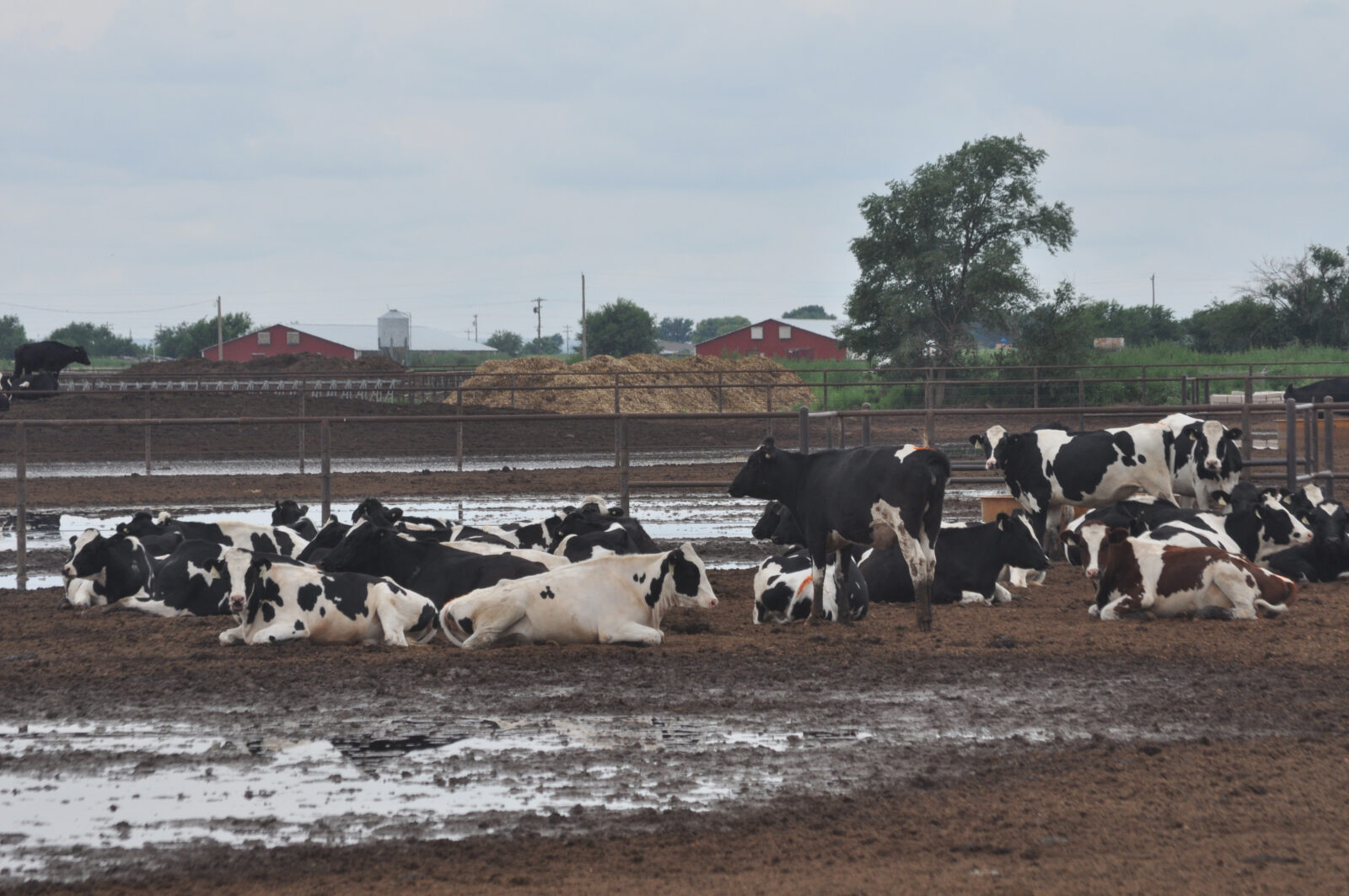Why Are CAFOs Bad For The Environment?
Austen Dip
|August 6, 2021

We all love our bacon and eggs for breakfast. Yummm! Have you ever thought about the source of your eggs, bacon, or meat? Unless you picked it up from a local farmer, it probably came from a Concentrated Animal Feeding Operation or CAFO. CAFOs are bad for their treatment of animals and unsustainable because of their contribution to climate change.
What’s A CAFO?
Concentrated Animal Feeding Operations allow livestock farmers to have lots of animals in a small space. Animals in a CAFO are usually kept indoors, with little to no exposure to fresh air or sunlight, which is essential to their overall health and well-being. The U.S. Environmental Protection Agency or EPA categorizes CAFOs into Large, Medium, and Small sizes, depending on the number of animals housed and waste management and pollutants generated by its operation. CAFOs can usually house up to several hundred to millions of animals in a single location.
CAFOs are sources of greenhouse gases, which contribute to climate change.
CAFOs and the Environment
CAFOs produce large amounts of greenhouse gas emissions that pollute the air and trap the sun’s heat in our atmosphere. These gases are produced by degrading manure and the livestock’s digestive processes.
Depending on the size of the CAFO and the number of animals on the farm, manure production can range between 2,800 tons to 1.6 million tons a year (Government Accountability Office, 2008). It is estimated that US livestock produces 3-20 times more manure than people in the US produce. This amounts to as much as 1.37 billion tons of waste (EPA, 2005).
According to a CDC report, CAFOs contribute to over 7% of Greenhouse gas emissions in the U.S. When we think of greenhouse gases, we are primarily concerned about carbon dioxide; however, greenhouse gases methane and nitrous oxide are 23x and 33x respectively more powerful than carbon dioxide.
Increased animal production from these CAFOs carries a heavy price borne by society at large.
Human Health Risks
In addition to adding to the climate crisis, these emissions pose health risks to humans. Dangerous gases emmited range from hydrogen sulfide and methane to carbon dioxide and particulate matter. These gases affect air quality in communities living near Concentrated Animal Feeding Operations. Studies have shown that communities—and children in particular—living near CAFOs have higher rates of Asthma.
CAFOs store untreated waste for up to six months in gigantic anaerobic waste storage structures or pits. As a part of the routine disposal process, stored animal waste is applied to farm fields. Spills and overflows from storage tanks and improper or over-application of this waste to farm fields pose a serious health threat. As a result, these wastes can easily pollute both surface and groundwater.
Tell Big Ag: Stop Blocking Climate Action!
In 2020, factory farms spent over $140 MILLION lobbying our elected officials against effective climate change legislation to ensure they can continue to use CAFOs.
Increased CAFO use leads to severe soil, air, and water quality degradation in many communities across the country. Even smaller ones produce a large amount of animal feces and urine.
It’s time to hold companies like these accountable. Will you demand that these corporations stop prioritizing profit over people and STOP lobbying against climate action?
Want to read more? Check out the ACE Blog.
Join our Youth Action Network
More Blog Posts
Driving India towards self sufficiency and freedom from oil
India can shield itself from oil-price shocks and global pressure over Russian barrels by leaning harder into two strengths it …
Read More
Unnatural, Not Unprecedented
For two weeks, residents of Southern California endured a waking nightmare. Parents raced against time – hurrying down the driveway …
Read MoreCrafting a Vision for the Future: My Experience at LCOY USA 2024
Dry and sunny Tempe, Arizona where temperatures have been over 100 F for 113 consecutive days, delegates gathered to attend …
Read More
